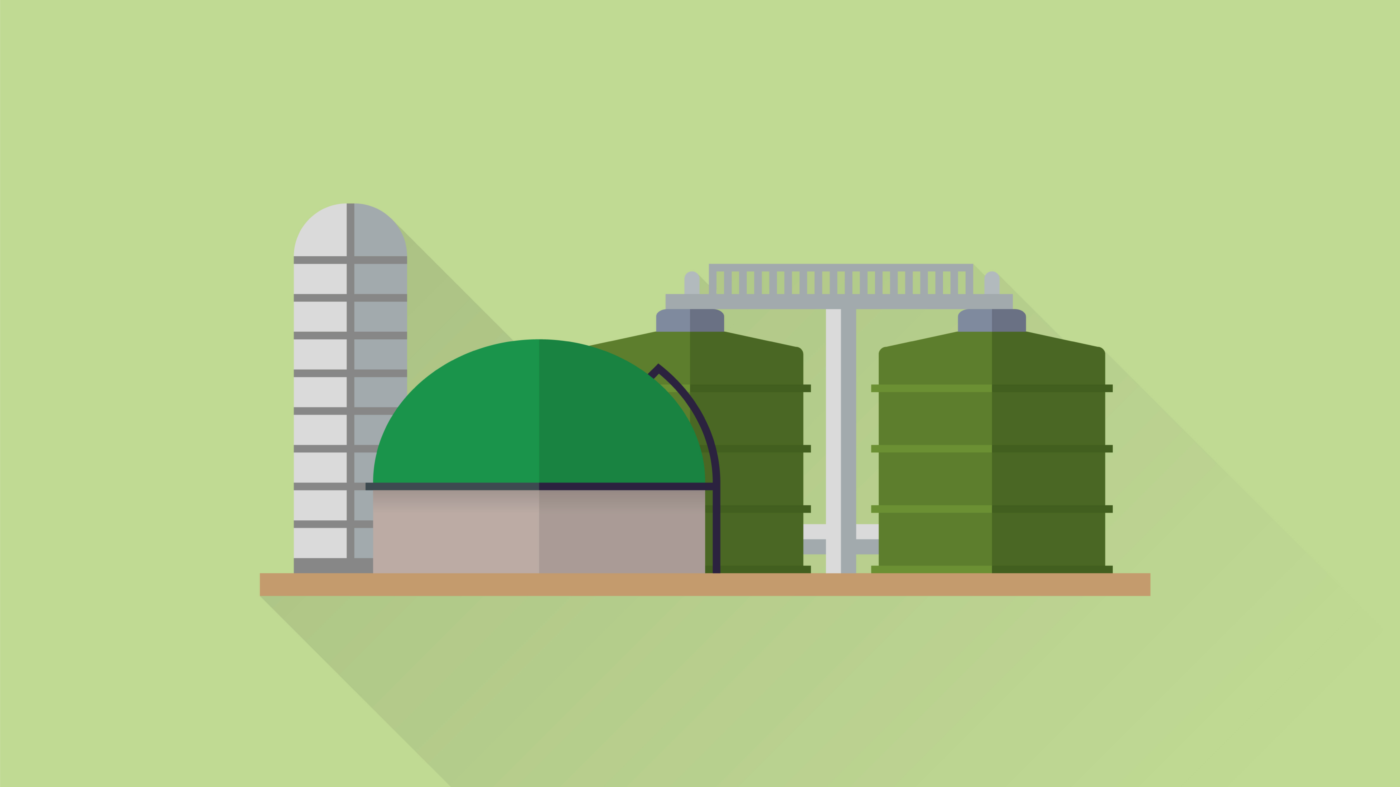The digester goes through multiple stages from start-up through to being stable. Each one of these is critical. If at any point the digester becomes too unstable, it can have serious consequences for the whole process. But, getting the Anaerobic digestion process to eventually become stable is a difficult and lengthy task.
Start-Up
At this stage, the process is extremely fragile. Because of the initial feed into the digester, there will be millions of different variations of biology present. If the feedstock is lignocellulosic, found in fibrous material, then it will be biologically different in comparison to acidic feedstock such as food waste.
Stable Operation
From the start-up to being a stable digester, this is called primary succession. Here the microbes inside the digester will have matured and become robust. Meaning they don’t become unbalanced as easily as in the startup phase. As the digester moves through the four stages of anaerobic digestion some species begin to dominate, becoming ever more acclimatised and balanced.
Unstable Operation
If the digester is overloaded or one variable in the process changes suddenly, then this can have a massive effect on the digester. Even a small change in pH can stress the digester and make the process unstable. See more on pH levels here – https://pipe-liner.com/2021/08/31/ph-its-all-about-balance/
Mature biology then becomes fragile, leading to further Anaerobic digestion process instability. If action is not taken on balancing the digester then it is at risk of souring. Meaning the digester would have to be emptied and the start-up phase would have to take place again. This would be costly and time-consuming.
If the digester becomes unstable but action is taken to stabilise the process, then the digester will slowly start to become healthy again. However, biology will be poor in variety and will be somewhat limited.
How to Avoid Process Instability
Many variables within the digester can affect the process such as feedstock contents, FOS/TAC, pH, temperature and many more. It’s a balancing act to keep the digester running at its best.
The first step to process stability is trying to keep the feedstock relatively similar in characteristics. Too many variations in the feedstock can allow the digester to become stressed and start to decline in performance.
The next precaution is that the digester is not being overloaded. Each digester will be able to handle a certain number of volatile solids per unit digester volume per day. If this is exceeded then it can lead to process issues such as foaming and potentially souring.
Process monitoring is an integral part of any AD process. To keep the process running as smoothly as it should be it is essential that all variables are being measured and analysed. From this adjustments to the process should be made to ensure it is running efficiently.
Reference – Roots Organics Ltd

